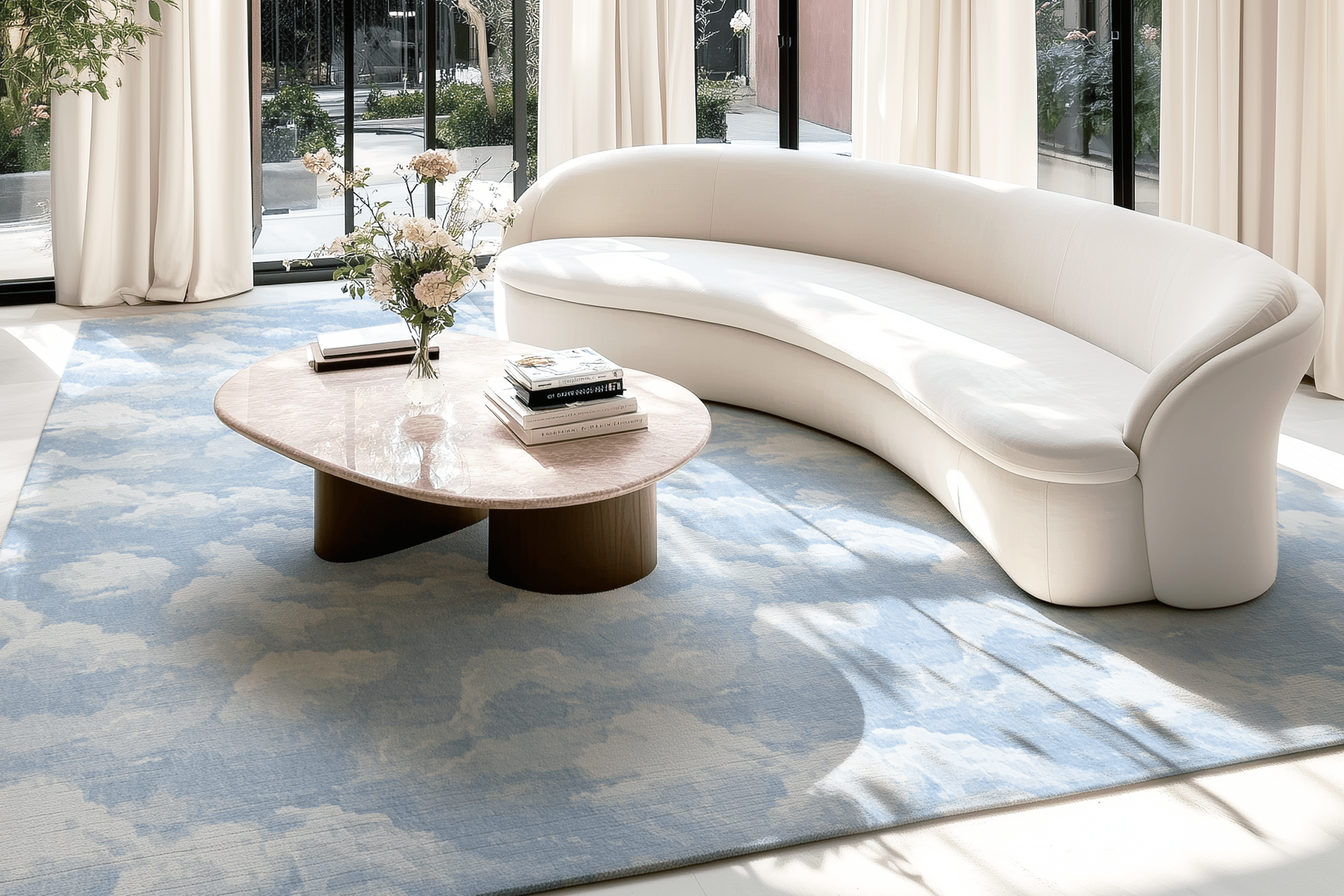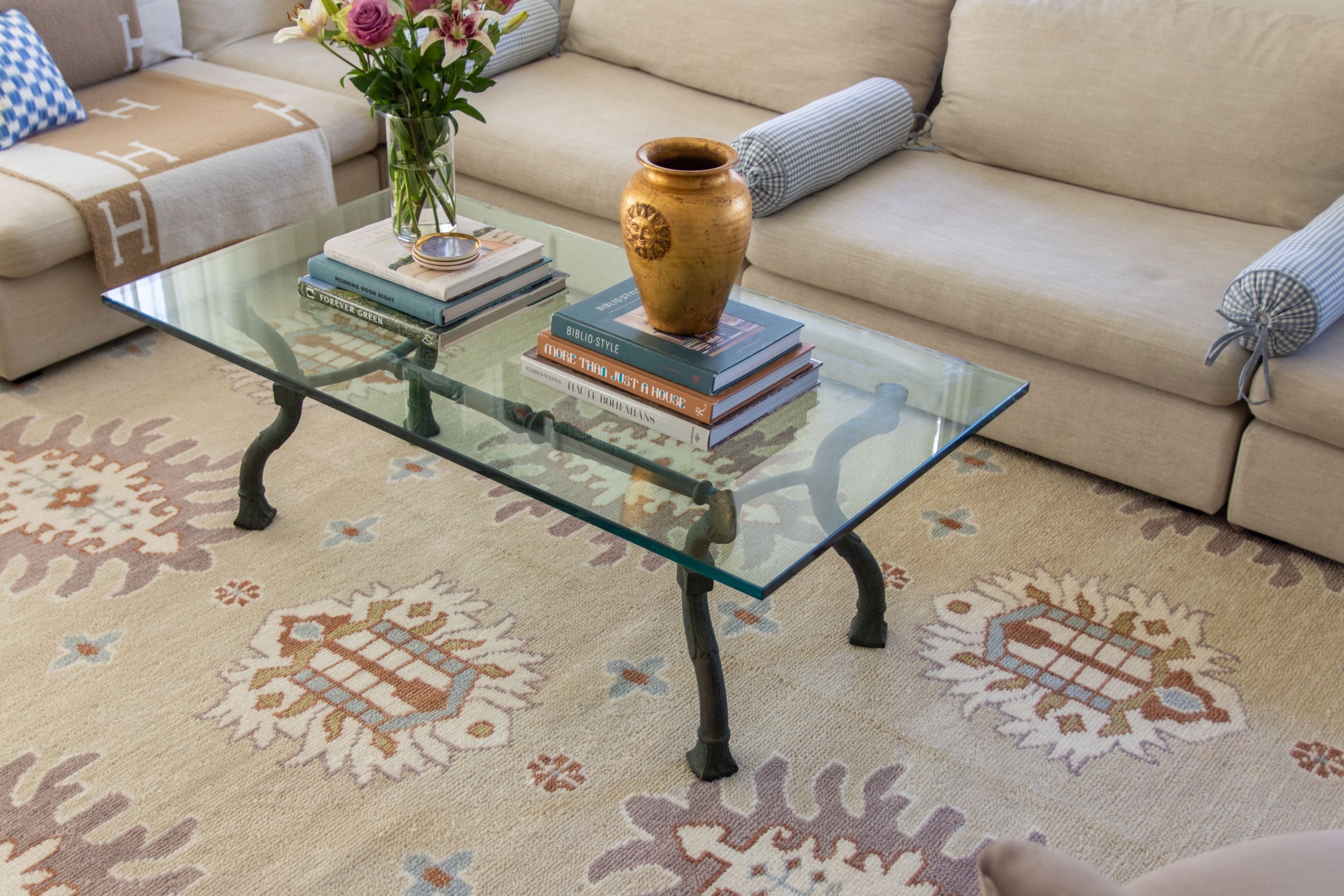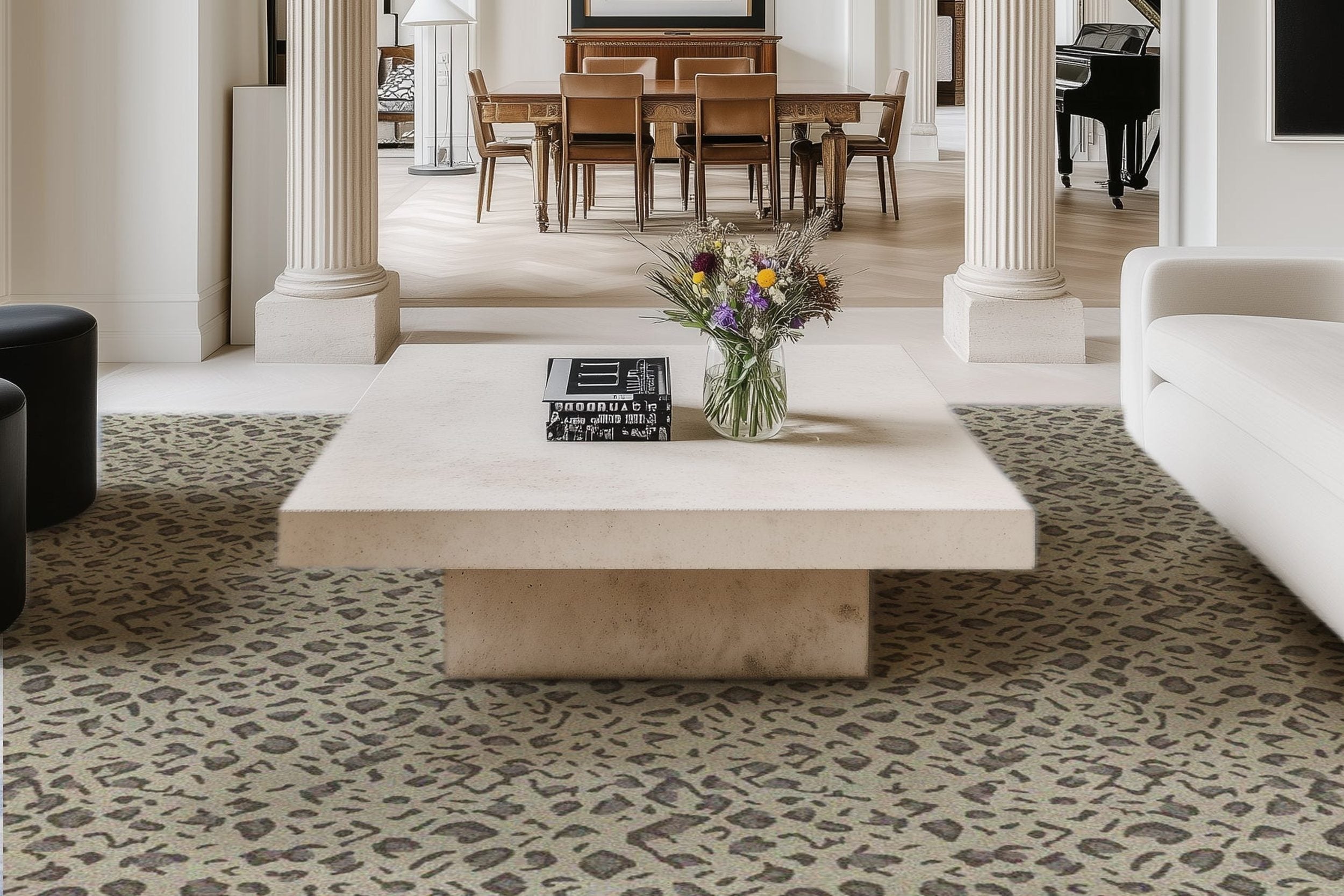How Everyday Choices Shape a More Comfortable Home

Ever wonder how everyday choices shape a more comfortable home? Simple decisions like the furniture you choose, how you arrange your space, and your daily habits can make a big difference. This article will show you how these choices can enhance your home’s comfort, offering practical tips for an inviting and functional living space.
The Foundation of Comfort: Thoughtful Furnishing
The foundation of a comfortable home begins with thoughtful furnishing. Quality home furniture ensures lasting comfort and support for relaxation, making it a cornerstone of any living space. Investing in durable, high-quality furniture not only reduces the need for frequent replacements, saving you money over time, but also enhances the overall living experience.
Choosing the right furniture creates a comfortable and healthy living space. Ergonomic pieces that support proper posture can significantly improve your well-being. In shared family spaces like the living room, thoughtful furnishing choices can significantly enhance relaxation and well-being. Imagine sinking into a plush sofa after a long day or gathering around a sturdy dining room table for family dinners—these moments are made possible by carefully chosen furniture.
Many homeowners are turning to recliner lounge suites in Brisbane as a popular solution for comfort and style. These suites combine supportive design with aesthetic appeal, offering a relaxing spot to unwind while enhancing the visual tone of the space.
Moreover, the style and functionality of your furniture play a vital role in defining the character of your home. Warm colors and textures can evoke a sense of coziness, while sleek, modern designs can create a sense of spaciousness, especially in residential buildings with tall ceilings and various housing characteristics. By thoughtfully considering the furnishings in your home, you lay the groundwork for a space that not only looks good but feels inviting and comfortable.
Layout and Daily Habits: Creating a Flowing Space
The way we arrange our furniture and organize our daily routines can have a significant impact on the comfort and functionality of our home environment. Creating defined walkways around furniture enhances movement and reduces clutter, making the area feel more accessible, like a door that defines a wall space. This simple step can make a big difference in how you navigate your space, reducing stress and increasing ease of movement.
Incorporating multi-use zones allows for a versatile living area that can cater to different activities simultaneously:
-
A dining room can double as a workspace during the day.
-
Cozy corners offer intimate spaces for relaxation.
-
Multipurpose furniture, such as a coffee table with storage or a sofa bed, enhances functionality and helps organize living spaces.
These design elements not only maximize space but also create a serene environment by maintaining order, making the focal point clear.
Natural light and fresh air are crucial for creating a comfortable and healthy home environment. Positioning tables and seating near windows can make the most of natural light, which has been shown to improve mood and overall well-being. Clean lines and uncluttered spaces promote a sense of calm and reduce visual stress.
Attention to layout and daily habits helps create a flowing space that supports a comfortable and stress-reduced lifestyle while maintaining clear focus.
Balancing Aesthetics with Functionality
A truly comfortable home strikes a balance between aesthetics and functionality. Incorporating natural elements, such as plants and wooden furniture, can enhance mental health and reduce anxiety. These natural materials not only add beauty but also contribute to a sense of tranquility and well-being.
Cohesive design across different rooms helps create a harmonious living space, promoting a sense of unity. For example, using a consistent color palette or similar design elements throughout your home can make the space feel more connected and inviting. A cohesive look with warm colors in interior design can create a sense of comfort, while cool colors may evoke calmness. This balance of aesthetics and functionality ensures that your home is both beautiful and practical.
Examples of functional design include furniture with built-in storage or technology that blends seamlessly into the decor. These pieces not only serve their primary purpose but also enhance the overall usability of the space. Focusing on both form and function in the design process ensures your home is visually appealing and supports daily life.
The Emotional Layer: How Spaces Affect Our Mood
The emotional impact of our living spaces cannot be overstated. Well-designed lighting, especially warm light, can create a cozy atmosphere and enhance the overall mood in living areas. Recent research shows that maximizing natural light in spaces can improve mood by stimulating the production of serotonin, a happiness hormone, having a profound impact on overall well-being. Additionally, the use of lights can further enhance the ambiance of these areas, appealing to our senses.
Both natural and artificial lighting significantly impact the comfort level and mood of a living area. Color therapy has been shown to impact emotional responses, with different colors evoking distinct feelings. For instance, dark blue colors create a peaceful atmosphere that helps you relax. By carefully selecting colors and lighting, you can create a space that supports mental well-being and reduces stress.
Incorporating natural elements like plants in decor can significantly reduce stress and enhance a sense of tranquility. Stylish and comfortable furniture can uplift mood and create a serene home environment. Understanding the emotional layer of home design helps create spaces that look and feel good, supporting both physical and mental health.
Keeping the Flow: Logistics for a Comfortable Lifestyle
Efficient logistics and timely access to home essentials are crucial for creating a comfortable lifestyle. Consumer expectations for quick and free shipping have grown, making efficient logistics strategies even more important for businesses. Last-mile logistics, representing the final step in delivering goods to consumers, are a vital aspect of the customer experience.
Reliable delivery services like DHL ensure essential items arrive promptly, helping you settle into your home quickly and comfortably. This is especially important for expats or people ordering specialty items, as timely access to these essentials can make a significant difference in how soon a house feels like home.
Controlling the indoor environment also plays a crucial role in maintaining comfort. Proper air conditioning and air quality management can significantly impact your physical health and well-being, along with other factors, including mental and physical health and psychological health.
By ensuring that your home is well-equipped with necessary items, including a vacuum cleaner, and maintaining a comfortable indoor environment, you can reduce stress and enhance your overall quality of life and health outcomes, as highlighted in Environmental Health Perspectives. Effective control of the indoor environment is essential for achieving these benefits, especially in the context of climate change.
Assessing Your Current Space
Taking the time to assess your current living space is essential for identifying areas for improvement and enhancing comfort. Aim for 30 to 36 inches of walkway between large furniture pieces to avoid crowding. This ensures easy movement and accessibility, contributing to a more comfortable living environment.
Consider measuring the distances between furniture to ensure comfort and functionality. For example, maintaining a distance of at least 16 to 18 inches between the sofa and coffee table allows for easy access and movement.
Evaluating your current housing space and making small adjustments can create a more functional development and a comfortable home through research, enhancing your ability to enjoy your living environment.
Summary
In conclusion, the comfort of your home is shaped by the everyday choices you make. From thoughtful furnishing to the layout and daily habits, each decision contributes to creating a space that supports relaxation and well-being. By balancing aesthetics with functionality and understanding the emotional impact of design, you can transform your home into a haven of comfort.
Take the time to assess your current space and identify areas for improvement. Small changes, such as optimizing furniture placement or enhancing lighting, can make a significant difference in your overall quality of life. Embrace these insights and create a home that truly supports your lifestyle and well-being.
Browse by Category

Design Projects
Explore interiors from client work and personal renovations — layered, livable, and always in progress.
read more →
Collaborations
From product launches to styled spaces, discover the brand stories I’ve helped bring to life.
read more →
The Notebook
A growing archive of iconic designers, inspiring artists, and unforgettable design moments.
read more →
Travel by Design
Wander with a designer’s eye — from charming hotels and city guides to visual inspiration abroad.
read more →




